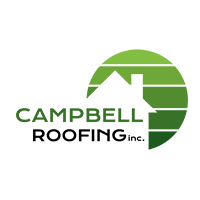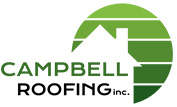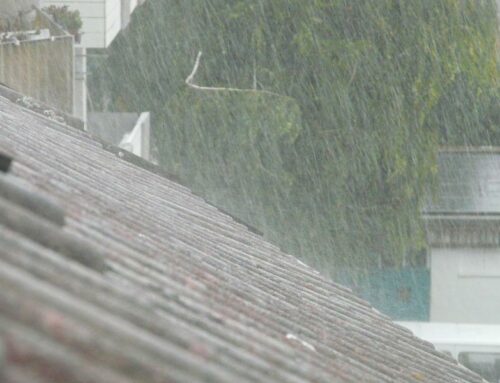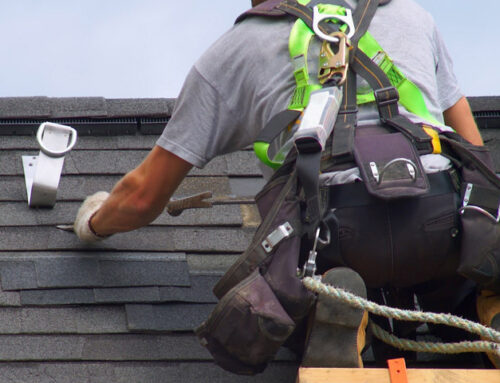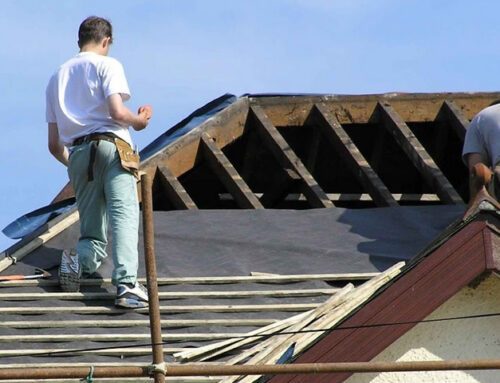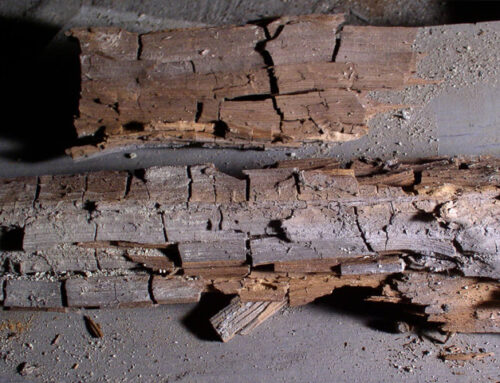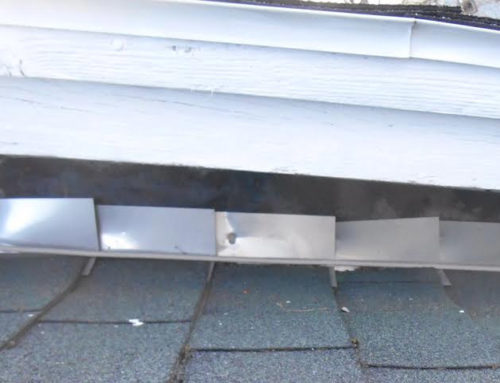In commercial leases, the responsibility for roof repairs can vary based on the terms negotiated between the landlord and the tenant. The allocation of maintenance and repair responsibilities is typically outlined in the lease agreement, and it is crucial for both parties to clearly understand their obligations to avoid disputes and ensure the property is adequately maintained. The division of responsibilities often depends on factors such as the type of lease, the specific terms negotiated, and local laws and regulations.
Triple Net Leases:
In a triple net lease (NNN), tenants typically bear the responsibility for the maintenance, repair, and replacement of structural elements, including the roof. In such leases, tenants not only pay rent but also contribute to the operating expenses of the property, which can include repair costs. This places a significant burden on tenants, as they are responsible for the costs associated with maintaining the building in addition to their lease payments.
Gross Leases:
On the other hand, in a gross lease, the landlord usually assumes responsibility for the maintenance and repair of the building, including the roof. The tenant pays a fixed rent amount, and the landlord is responsible for covering operating expenses. However, gross leases can come in various forms, and tenants may still be responsible for certain specific maintenance tasks or repairs, depending on the negotiated terms.
Modified Gross Leases:
Some leases fall in between the extremes of triple net leases and gross leases. In a modified gross lease, the parties may share the responsibility for certain maintenance items, and this could include the roof. The allocation of responsibilities is negotiated and outlined in the lease agreement, and it’s crucial for both parties to be clear about their respective obligations.
Local Laws and Building Codes:
Local laws and building codes can also impact the allocation of roof repair responsibilities. In some jurisdictions, landlords may be required to maintain the structural integrity of the building, including the roof, regardless of the lease type. It’s essential for both parties to be aware of and comply with any relevant local regulations that may affect their responsibilities.
Lease Negotiations:
During lease negotiations, both landlords and tenants have the opportunity to define the terms of responsibility for roof repairs. These negotiations are a critical phase where parties can specify who is responsible for routine maintenance, repairs resulting from wear and tear, and damages caused by unforeseen events such as storms or accidents.
Insurance Considerations:
Insurance is another factor to consider in commercial leases. While landlords typically carry insurance for the overall structure, tenants may be required to obtain insurance to cover their improvements and contents. Understanding the insurance coverage and how it applies to roof repairs is essential for both parties.
Ultimately, the responsibility for roof repairs in a commercial lease is not standardized and can vary widely based on the terms negotiated between the landlord and the tenant. Careful attention to lease agreements, local laws, and insurance considerations is crucial to ensure that both parties understand and fulfill their respective obligations related to roof maintenance and repairs. It’s advisable for parties involved in commercial leases to seek legal advice to draft clear and comprehensive lease agreements that address maintenance and repair responsibilities in detail.
